Every day we are bombarded by input: computer screens, telephones, traffic, food, blaring TVs, and everyone else’s energy. Our bodies are constantly challenged to integrate all this information, which can be exhausting. When our bodies are not able to process all of this information, we can experience imbalance that affects our nervous system, resulting in physical and emotional complaints such as digestive issues, headaches and migraines, fatigue, fibromyalgia, anxiety, irritability, and the silent elusive killer, “stress.” More obvious culprits such as whiplash, PTSD, injuries, chronic neck and back pain, TMJ, and surgeries also contribute to this equation.
The origins of craniosacral therapy (CST) date back to the early 1900s when William G. Sutherland, an osteopath who trained under the principles of A.T. Stills, investigated the effects of applying pressure on specific cranial bones. After 20 years of research, he wrote a book called The Cranial Bowl in 1939. It was thirty some years later when John Upledger, an osteopathic clinician and professor, experienced the rhythmic movement of the spinal column first-hand during a surgery and studied the works of Sutherland.1 Upledger and his team of researchers uncovered the craniosacral system which led him to conduct an initial study on 204 children with autism. The autistic children that received treatments showed significantly higher levels of functioning, theorized to result from calming and balancing the nervous system. The results from that study intrigued him even more, so he continued to study the use of CST for other neurosensory afflictions and develop the practice of CST.2
CST balances and calms the nervous system in a very gentle, non-invasive way. During a session, the body is assessed for any ‘restrictions,’ and all treatments are customized for that individual. CST practitioners develop highly skilled hands that can sense the subtlest of changes in the rhythm of cerebral spinal fluid (fluid that bathes our brain and spinal column), movement of our cranial bones, as well as other tissue restrictions, and then assist the patient’s body in regaining optimal balance and freeing those restrictions.
Overall, you can think of CST as a whispered conversation with your body through minute fluid and tissue manipulation until balance is achieved. The shifts back into balance can have profound results.
For this therapy, less is more, and almost everyone can benefit from CST. Sessions typically last about an hour, and outcomes are as specific to the session as are the individualized treatments; no two sessions are the same. Typically, patients report experiencing deep relaxation, feeling calmer and being more centered, as well as having relief from pain, if pain is a concern for them.
Dr. Jainuddin is a naturopathic doctor and certified craniosacral specialist with the Live Well Clinic in La Quinta. She can be reached at (760) 771.5970. For more information on CST, visit www.upledger.com.
References:
1) Christensen, F.A., Takakura, M. (2012). An Integrative Approach to Craniosacral Therapy, Fascial Connection. 5th ed. Colorado Springs, CO;
2) Upledger.com. (2019). Upledger Institute International. [online] Available at: https://www.upledger.com/index.php [Accessed 4 Dec. 2019].




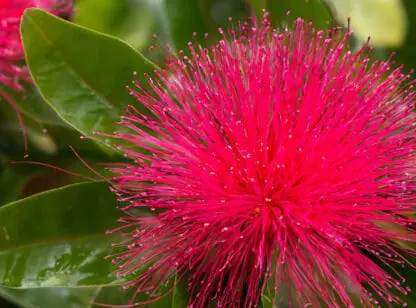


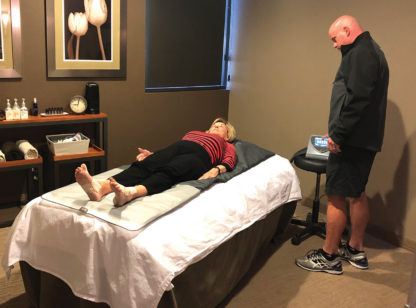
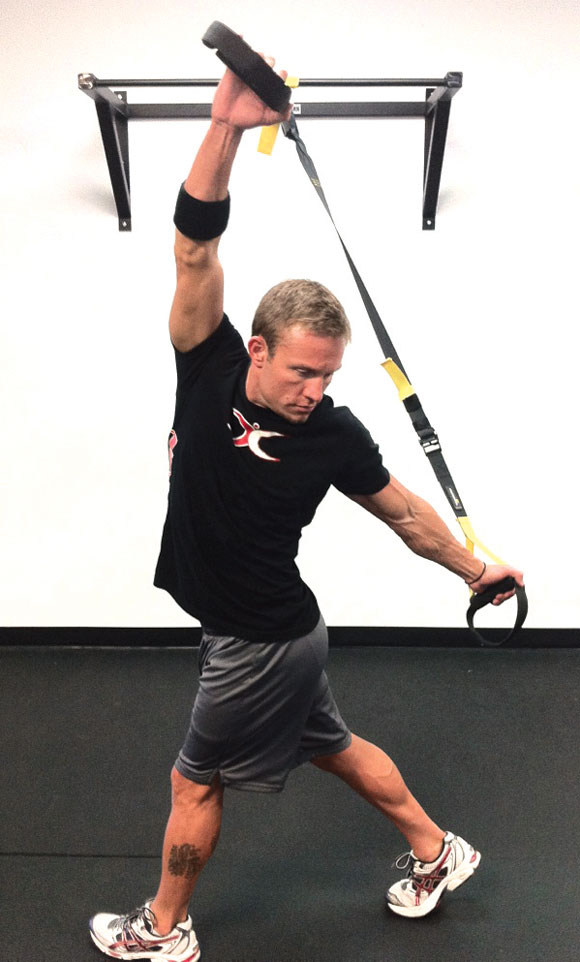







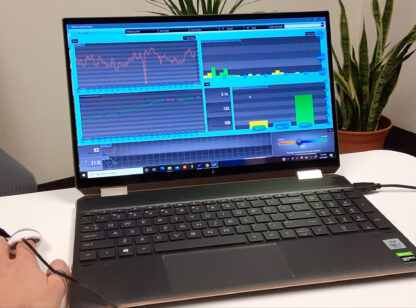
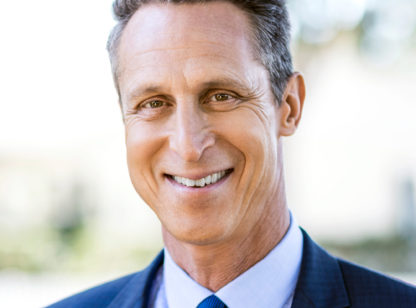
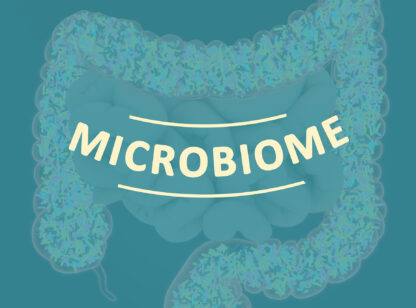


























Comments (0)